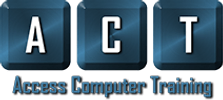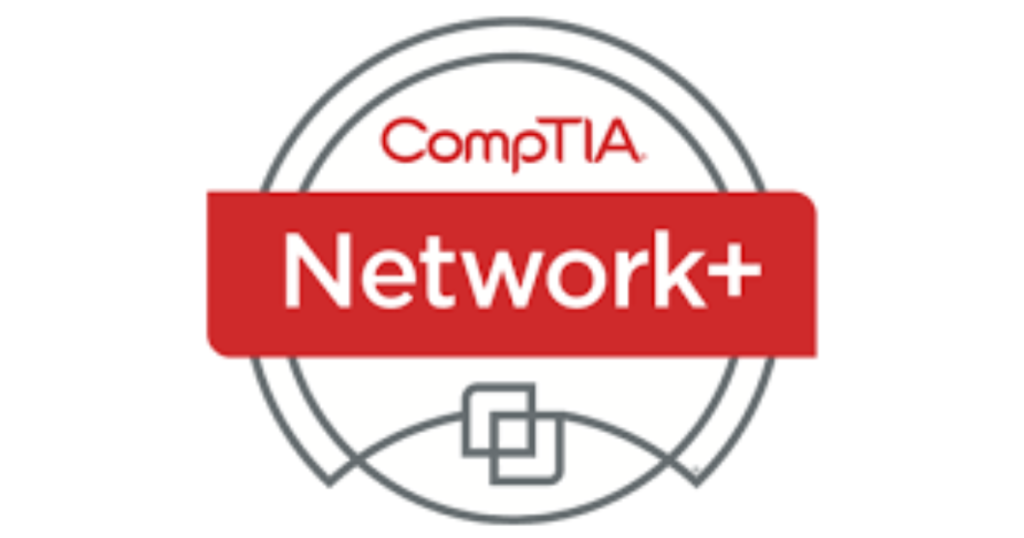Navigating the world of education as a military veteran can be daunting. Thankfully, the GiBill® is designed to make this transition smoother by offering substantial financial support. However, understanding and maximizing these benefits requires careful planning and knowledge. This guide will provide you with essential tuition payment tips, ensuring you make the most of your GiBill® benefits.
What is the GiBill®?
The GiBill®, formally known as the Servicemen’s Readjustment Act of 1944, is a series of educational benefits provided by the U.S. Department of Veterans Affairs (VA). These benefits are designed to help veterans, service members, and their families cover the costs associated with higher education and training programs. The GiBill® has evolved over the years, with the Post-9/11 GiBill® being the most recent iteration, offering enhanced benefits to those who have served since September 11, 2001.
Types of GiBill® Benefits
Understanding the different types of GiBill® benefits is crucial to making informed decisions about your education. Here are the primary versions:
1. Post-9/11 GiBill®
The Post-9/11 GiBill® is the most comprehensive benefit package, covering up to 100% of tuition and fees for in-state public institutions and a significant portion for private or out-of-state institutions. It also provides a monthly housing allowance and a stipend for books and supplies.
2. Montgomery GiBill® Active Duty (MGIB-AD)
This version offers a monthly benefit for a set period, typically 36 months, and can be used for degree and certificate programs, flight training, apprenticeships, and on-the-job training.
3. Montgomery GiBill® Selected Reserve (MGIB-SR)
Available to members of the Selected Reserve, this benefit offers a monthly stipend for educational and training purposes, including degree programs, certification courses, and vocational training.
4. Veteran Readiness and Employment (VR&E)
While not a GiBill® program, VR&E offers education and training opportunities to veterans with service-connected disabilities to help them achieve suitable employment.
How to Maximize Your GiBill® Benefits
Maximizing your GiBill® benefits requires strategic planning and a clear understanding of how the program works. Here are some key tips to ensure you get the most out of your benefits:
1. Understand Your Eligibility
Before you start planning your education, it’s crucial to understand your eligibility for GiBill® benefits. The amount of benefits you receive depends on factors such as your length of service, type of discharge, and specific GiBill® program. Use the VA’s GI Bill® Comparison Tool to estimate your benefits.
2. Choose the Right School
Selecting a school that offers veteran-friendly policies can significantly impact your educational experience. Look for institutions that participate in the Yellow Ribbon Program, which helps cover additional tuition costs not covered by the Post-9/11 GiBill®. Research schools with strong veteran support services, such as dedicated advisors, veteran organizations, and mental health resources.
3. Understand the Yellow Ribbon Program
The Yellow Ribbon Program is a crucial component of the Post-9/11 GiBill®. It allows institutions of higher learning in the U.S. to voluntarily enter into an agreement with the VA to fund tuition and fee expenses that exceed the highest public in-state undergraduate tuition rate. The VA matches the amount that the institution contributes, reducing or eliminating your out-of-pocket costs.
4. Plan Your Finances
While the GiBill® provides substantial financial support, it’s essential to budget for additional expenses such as housing, books, and supplies. The monthly housing allowance (MHA) provided under the Post-9/11 GiBill® can vary based on your location and enrollment status, so plan accordingly. Consider part-time work or additional scholarships to supplement your income.
5. Take Advantage of Tutoring and Support Services
Many schools offer free tutoring and academic support services for veterans. Utilize these resources to stay on top of your studies and maintain good academic standing, which is crucial for continuing to receive GiBill® benefits.
6. Stay Informed About Changes
The GiBill® and related benefits can change based on new legislation and policy updates. Stay informed by regularly checking the VA’s official website and subscribing to veteran education newsletters. Engaging with veteran organizations and attending educational workshops can also provide valuable information and support.
Common Challenges and How to Overcome Them
Despite the numerous benefits of the GiBill®, veterans often face challenges in navigating the system. Here are some common issues and solutions:
1. Delayed Payments
Sometimes, delays in payment processing can occur, causing financial strain. To mitigate this, ensure you submit all required documents promptly and stay in regular contact with your school’s certifying official. Having an emergency fund can also help cover expenses during these periods.
2. Understanding Benefit Limits
The GiBill® has a maximum limit on the number of months you can receive benefits, typically 36 months. Plan your education pathway carefully to avoid exhausting your benefits before completing your program. Consider part-time enrollment if you need to extend your benefits over a longer period.
3. Transferring Benefits
If you plan to transfer your benefits to a dependent, such as a spouse or child, understand the specific requirements and timelines. The transfer must be requested and approved while you are still in the Armed Forces, and the dependent must be enrolled in the Defense Enrollment Eligibility Reporting System (DEERS).
Success Stories: Veterans Who Maximized Their GiBill® Benefits
Hearing from fellow veterans who have successfully navigated the GiBill® can be inspiring and informative. Here are a few success stories:
1. John’s Journey to Becoming a Nurse
After serving in the Navy, John used his Post-9/11 GiBill® benefits to enroll in a nursing program. By choosing a Yellow Ribbon Program school and utilizing the school’s veteran support services, he graduated debt-free and now works as a registered nurse in a major hospital.
2. Maria’s Path to Entrepreneurship
Maria, an Army veteran, used her Montgomery GiBill® benefits to complete a degree in business administration. She took advantage of tutoring services and part-time work opportunities to supplement her income. Today, she runs a successful small business and mentors other veterans.
3. David’s Tech Career
David, a Marine Corps veteran, used his GiBill® benefits to enroll in a computer science program. By carefully planning his finances and staying informed about benefit changes, he graduated with honors and secured a job at a leading tech company.
Conclusion
The GiBill® offers incredible opportunities for veterans to pursue higher education and vocational training. By understanding your benefits, choosing the right school, and planning your finances, you can maximize these benefits and achieve your educational and career goals. Remember to stay informed and seek support from veteran organizations and school resources. Your journey from military service to civilian life can be greatly enhanced with the right strategies and a proactive approach to utilizing your GiBill® benefits.
Contact Access Computer Training to speak with our GiBill and Veteran grant specialists. For more information on the IT, Cybersecurity and Office Administration programs, book a call at www.meetwithact.com or call 855-9-LEARNIT.






